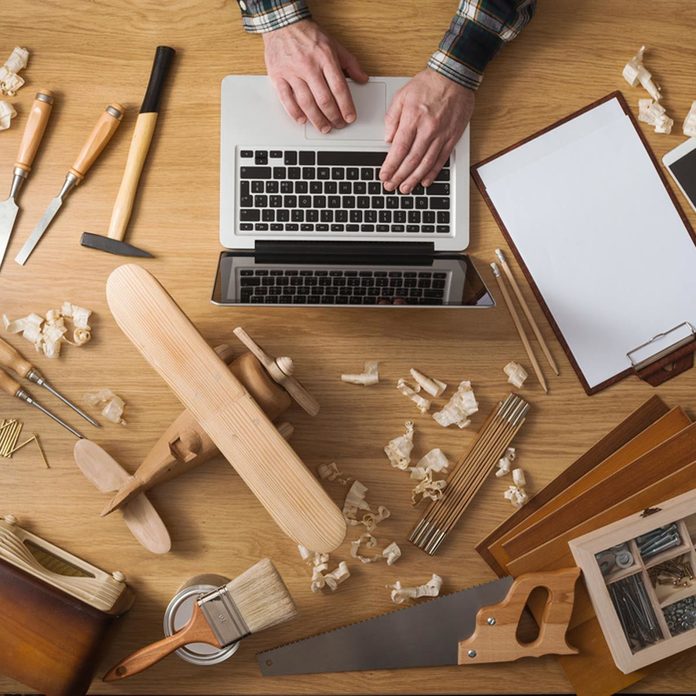
Shop Screens
Back in the day, the only way to get good DIY information was in physical media and in-person training. Today, there are online courses from pros and amateurs alike on almost every conceivable topic.
Incorporating a desktop, laptop or tablet into your work space allows you to watch videos, research material properties and, of course, check out The Family Handyman for tips and tricks to improve your better DIY lifestyle. It’s a good idea to get hold of used electronics for this if at all possible, since the dust and debris in most workshops will take a toll on most electronics. This is another great opportunity for repurposing. When you buy a new family computer or tablet, the old one can migrate to the work space.
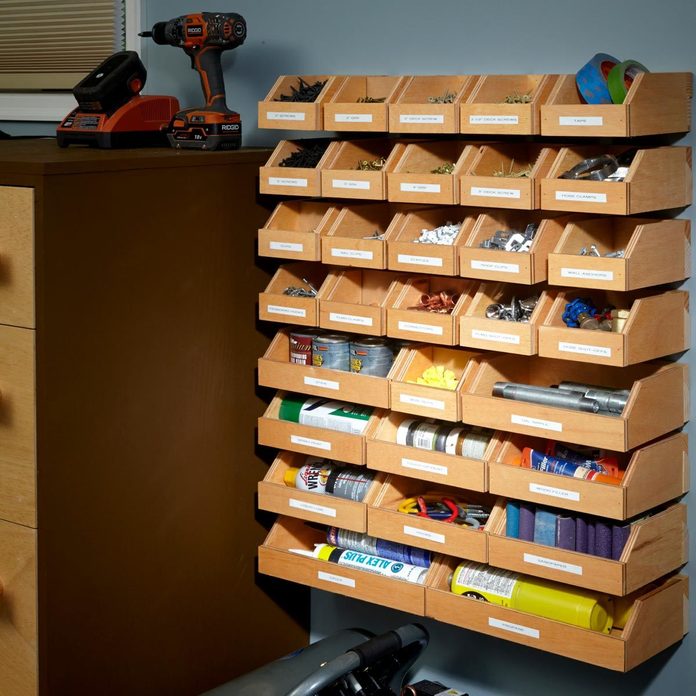
DIY Staples
Just as a chef keeps a pantry full of flour, sugar and spices, so, too, the DIYer keeps a stash of commonly used items. The tools and materials that you use on a regular basis form the core of your toolbag and workshop. The exact items will vary — a woodworker will have a different set of essential items than an upholsterer — but as you identify your go-to gear, keep it well-stocked and easy to grab.
If you love painting your home with the latest palette, for instance, you’ll likely want to keep painter’s tape, surfacing compound and rags on hand at all times. By automating this element of project readiness you’ll free up your mind to focus on the task, rather than the incidentals. This will make for a better DIY experience.
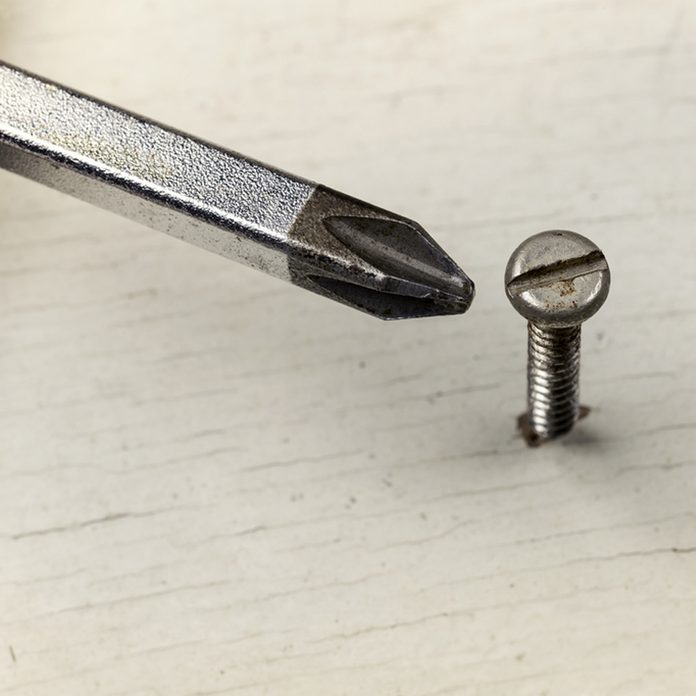
Choose Your Tools Carefully
It can be tricky to balance budget and efficiency when determining the right tool for a given job but it’s a vital skill to make for better DIY projects run with minimal aggravation.
Consider digging a fence post hole. It’s not a technically difficult task but it would be difficult and wasteful if you try to do it using a garden spade. A power auger would make the job flow much easier but may be beyond your budget. Instead, a thoughtfully selected group of hand tools might be your best choice.
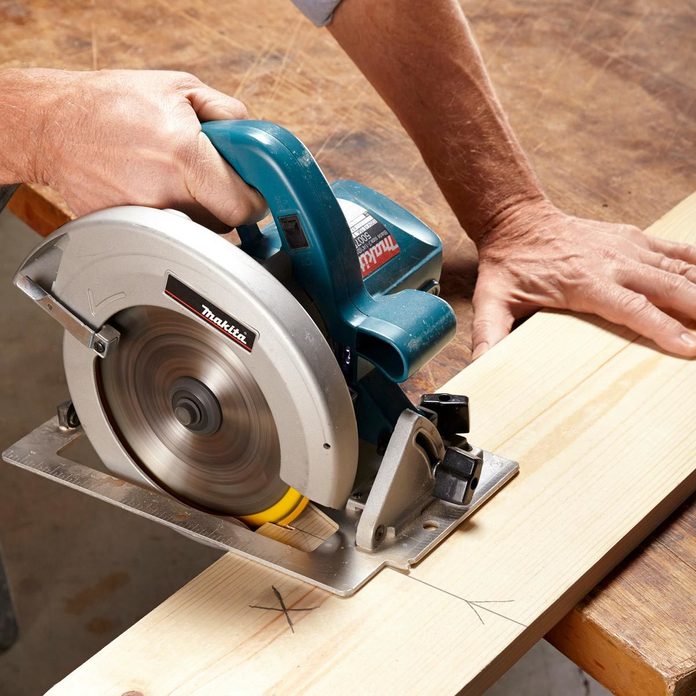
Reduce, Reuse, Recycle
When most people think of recycling in a better DIY or construction context, their mind goes right to materials such as lumber or drywall. And it’s true that there are lots of way to repurpose scrap materials. Those pine 2x4s make great bonfire wood and that 2×2 scrap of drywall can be kept in reserve for future patch work.
But when it comes to repurposing, consider your tools as well. A precision saw may cut true for years but enough wear and tear will mean that its lines aren’t quite straight any longer. It will need to be replaced, but rather than pitching it completely why not designate it as a rough framing saw? Eventually it can be downgraded again, to demolition use.
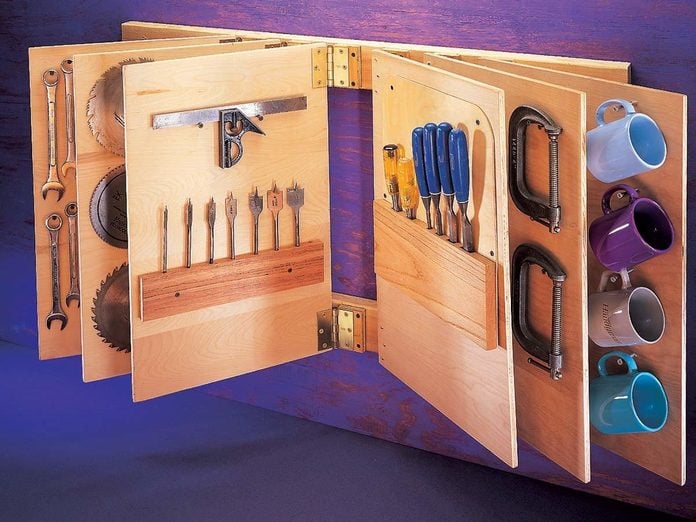
Natural Organization
Chances are that you’ve already got some kind of organization system for your tools and shop space. But if you want to kick your efficiency up a level for a better DIY, track what items you reach for the most often. And adjust your organization to bring them closer to your primary work space. By organizing to your natural proclivities you’ll be playing to your strengths rather than working around them.

Join a DIY Community
There is inherent strength found in being part of a larger group and it’s one of the reasons that the internet has been a such huge boon for DIYers. Whether it’s an online forum or classes like Family Handyman’s DIY University, there is no shortage of resources to learn how to tackle projects of any size.
But if you’re the type who prefers face-to-face instruction, check out a local maker space. Designed to bring together people with a better DIY mindset, maker spaces pool resources to allow members to use tools and materials that might be too expensive or unwieldy to use on their own.

Finish What You Start
Don’t abandon projects. Half-finished projects create obstacles and make you feel bad you every time you walk past. Leaving unfinished projects around is like building monuments to your own shortcomings. Instead, find ways to finish what you start, even if you don’t obtain perfection this will make for a better DIY experience. You’ll have the satisfaction of completion, and you’ll be able to absorb the lessons that you learned more efficiently.
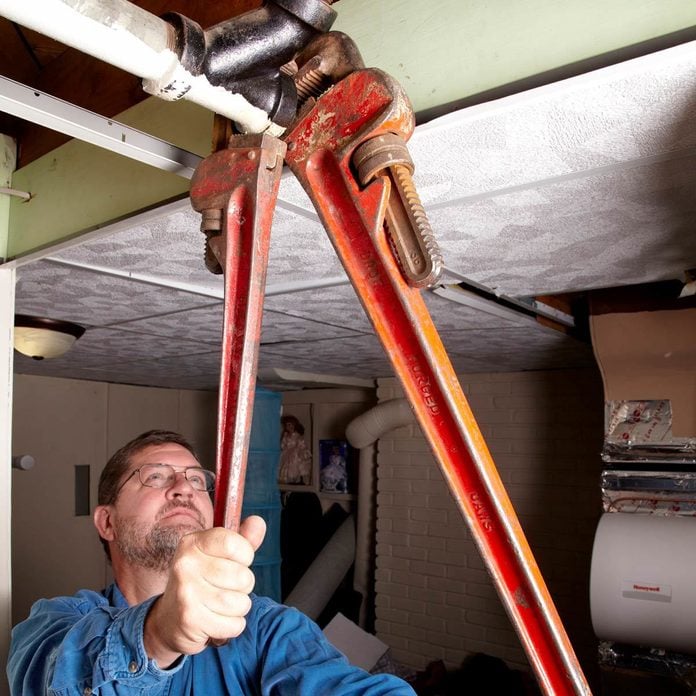
Challenge Yourself
Your better DIY skills won’t grow unless you push yourself. Try to tackle projects that are at the edge of your capability and you’ll see your skills grow and develop. While there are lines of safety and practicality that must be respected, find ways to challenge yourself to learn new techniques to continue to level up in your quest for DIY mastery.
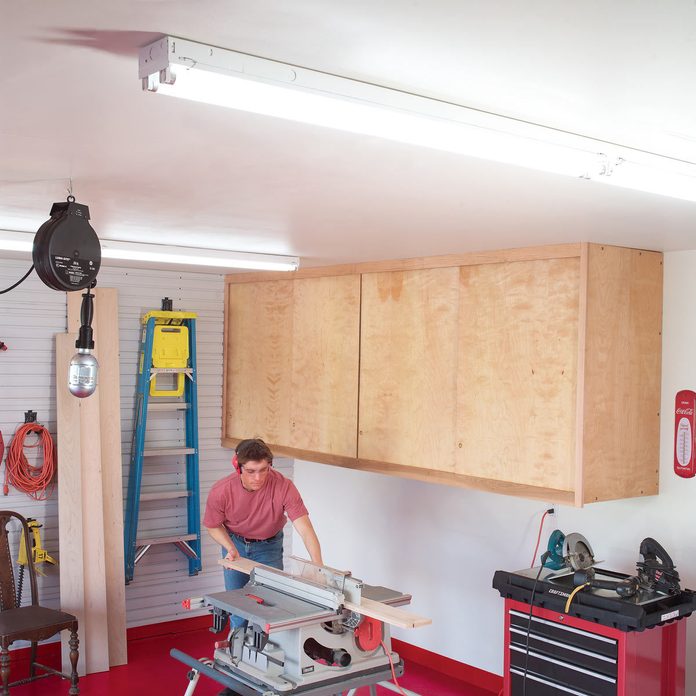
Improved Lighting
Proper lighting is key to seeing what you’re doing. Sounds simple, right? But it’s amazing how many DIYers neglect this simple bit of work space basics.
Having sufficient light is key to almost anything that involves detail or precision work, as well as anything which will be easily visible in its final state. In other words, don’t color-match those wood shingles under the fluorescent lights in the basement, when you’ll always be seeing them in the natural sunlight outdoors.
Sure, it’s not always easy to get light onto the item you’re working on, especially if you’re working in constrained spaces such as under-counter plumbing or a mechanical access chase. Make your life easier by investing in a simple headlamp or snake light, and shine a light on your work.
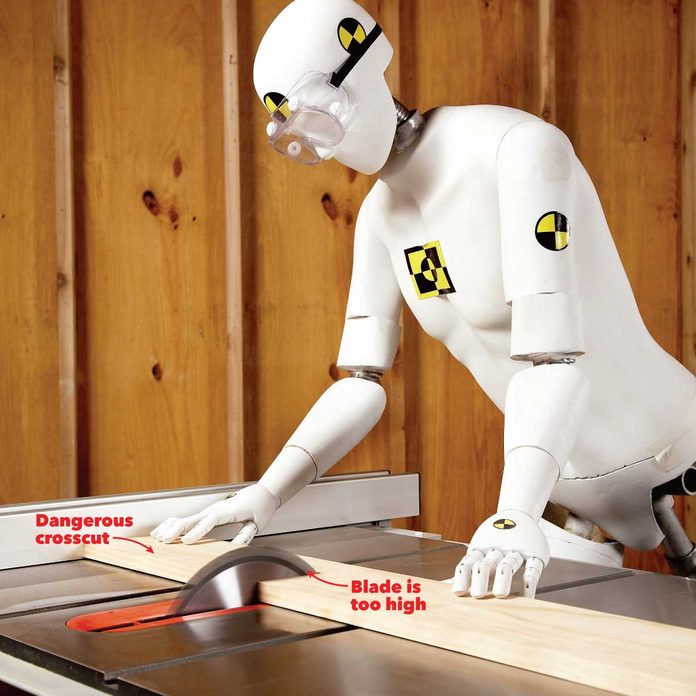
Safety Reinforcement
Have you ever been halfway through a project when you realize that grabbing the right safety gear is going to take longer than the actual activity that requires safety gear? It can be tough to justify taking five minutes to grab gloves and glasses in order to run a saw for 30 seconds. But safety is key for a better DIY. When you feel this way, ask yourself if you were teaching a kid to do this project, would you insist they act correctly? Chances are that you’d tell a child that they either put on the safety glasses or you’re not going any further. So why wouldn’t you insist on the same treatment for yourself? Get back to basics on safety and you’ll be a better DIYer for it.

Pass Down Your Knowledge
Teach a skill to someone else and you’ll master it more deeply than you ever will by simply performing it on your own. Training another person requires us to consider the whys and hows of a technique in a way that we simply don’t take the time to do when we’re working on our own.
Luckily, candidates to train are easy to find. Co-workers, family members and friends are often eager to learn how to perform work around the home, and children are endlessly fascinated by home improvement projects. Pass on your knowledge to another budding DIYer, and you’ll sharpen your skills and feel good about doing it.